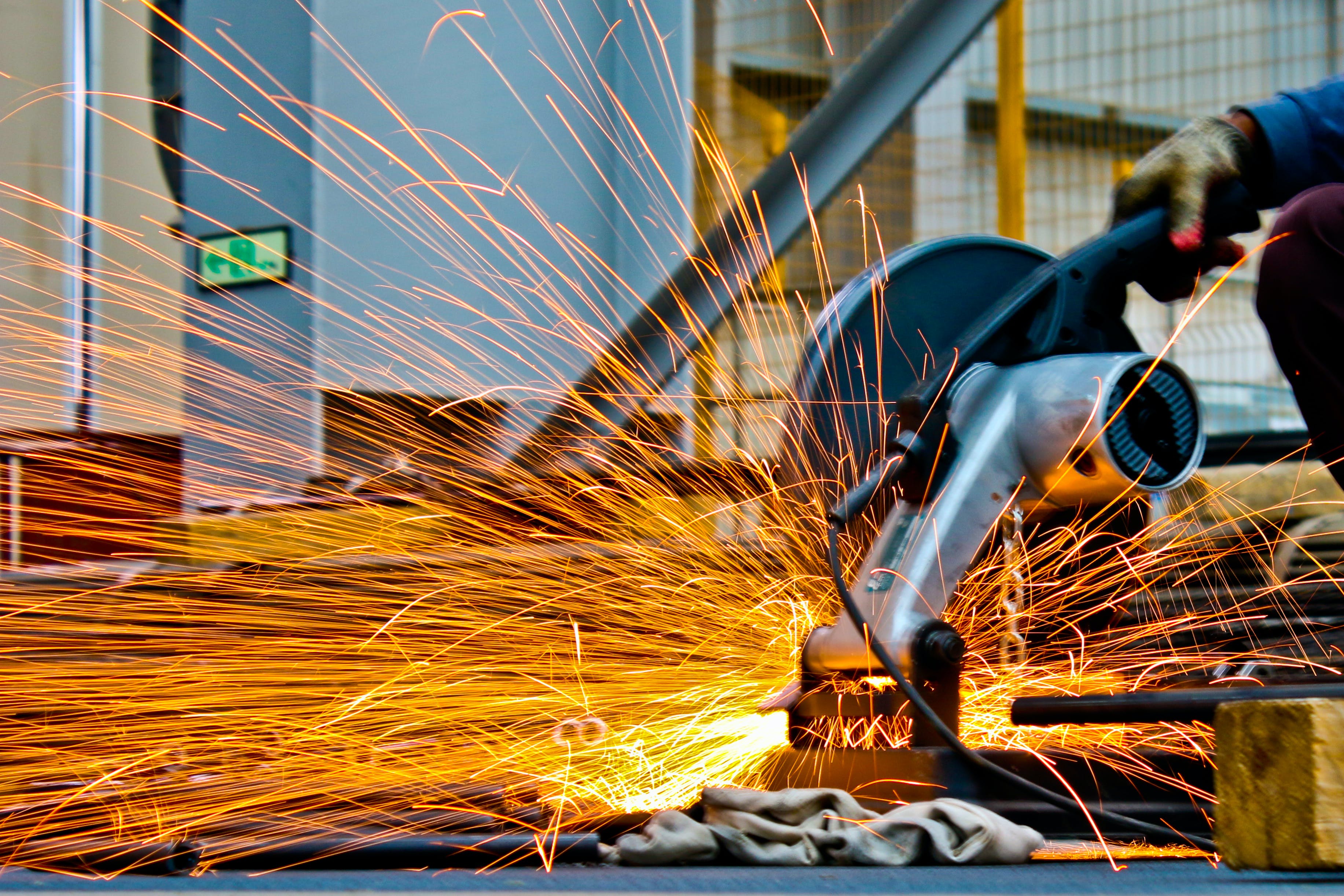vacuum resistant stepper motor are specifically designed to operate reliably in vacuum environments (low pressure, oxygen-free, extreme temperatures, etc.). They are essential in the following applications:
1. Semiconductor and Integrated Circuit Manufacturing
Applications: Photolithography machines, wafer handling, vacuum deposition, ion implantation equipment.
Reason: Semiconductor processes require ultra-high vacuum (e.g., below 10⁻⁶ Pa) to avoid contamination. Standard motors may outgas or release lubricants, while vacuum-compatible motors use specialized materials and sealing.
2. Aerospace and Space Technology
Applications: Satellite attitude control, focusing mechanisms for space telescopes, vacuum chamber testing.
Reason: Space is an extreme vacuum environment, requiring motors that withstand zero lubrication outgassing, extreme temperatures (-200°C to +150°C), and radiation.
3. Vacuum Coating and Surface Treatment
Applications: PVD (Physical Vapor Deposition), CVD (Chemical Vapor Deposition) workpiece rotation or transport.
Reason: Processes demand vacuums of 10⁻³ to 10⁻⁷ Pa, necessitating motors that are dust-proof, low-outgassing, and non-magnetic.
4. Medical and Scientific Instruments
Applications: Electron microscope sample stages, particle accelerator components, cryo-electron microscopy.
Reason: High-precision positioning requires motors that operate without vibration or gas release in vacuum.
5. High-Energy Physics Experiments
Applications: Synchrotron radiation devices, motion control in nuclear fusion reactors (e.g., tokamaks).
Reason: Extreme conditions (ultra-high vacuum up to 10⁻⁹ Pa, strong magnetic fields) demand non-magnetic materials (e.g., stainless steel housing) and specialized lubrication.
6. Food and Pharmaceutical Vacuum Packaging
Applications: Conveyor systems in automated vacuum packaging machines.
Reason: Although vacuum levels are lower (1–0.1 Pa), motors must resist corrosion (e.g., food-grade lubricants).
Key Features of Vacuum-Compatible Motors:
Materials: Low-outgassing (e.g., ceramic bearings, fluoropolymer seals).
Lubrication: Solid lubricants (molybdenum disulfide) or vacuum-rated greases.
Thermal Management: Designed for conduction cooling (no air convection).
Certifications: Compliant with standards like ISO 21358-1 for vacuum equipment.
Risks of Using Standard Motors in Vacuum
Lubricant evaporation → Contaminates vacuum chamber.
Material outgassing → Degrades vacuum quality.
Overheating or seal failure → Motor damage.
When selecting a motor, consider vacuum level (low, high, ultra-high), temperature range, and motion precision requirements.Ctrl-Motor has been engaged in the R&D, production and sales of vacuum motors, high and low temperature motors-related drivers, stepper motors, servo motors, and reducers for 12 years. The high and low temperature motors can be adapted to any extreme conditions from -196℃ to 300℃, and the vacuum degree can reach 10-7pa, we can provide 10^7Gy radiation protection and salt spray protection products.
